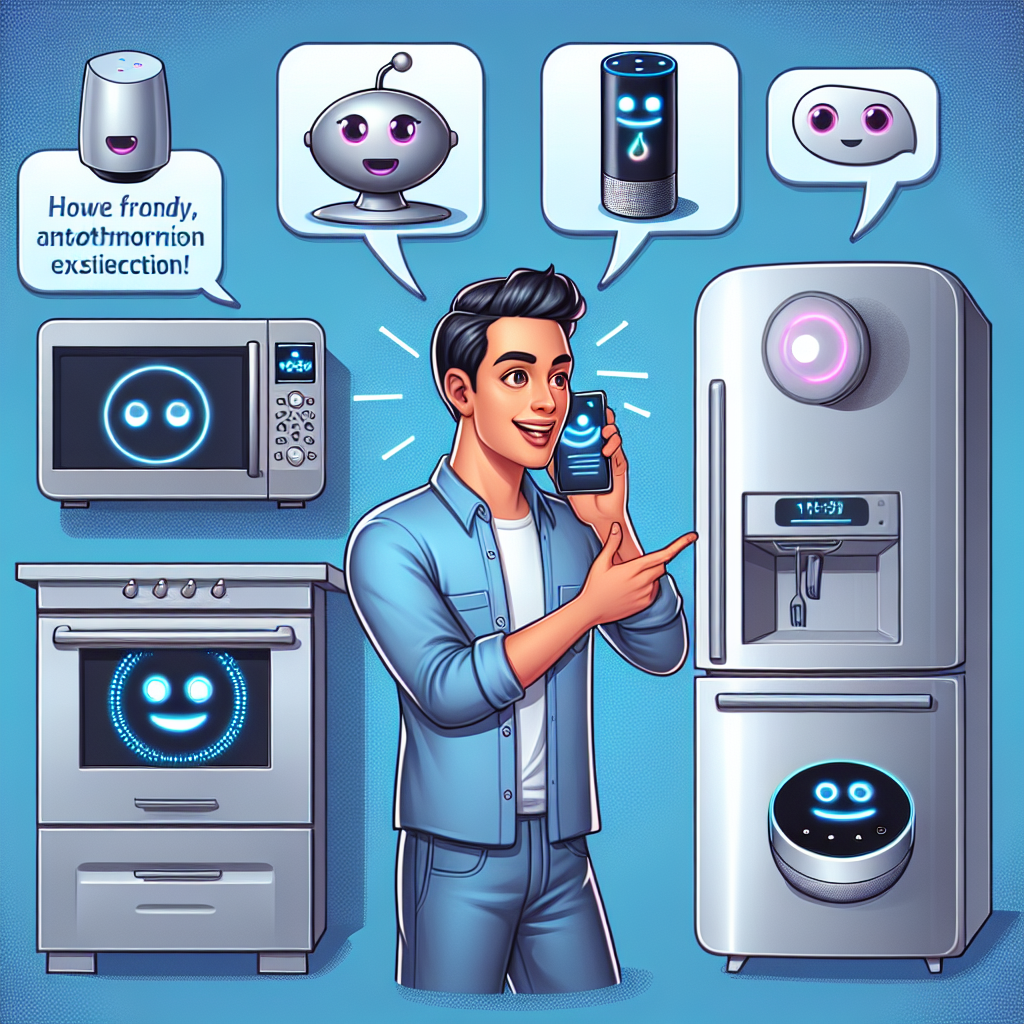Have you ever had a brilliant idea for a software product but felt stuck because you don’t know how to code? Or maybe you’re a small business owner who needs custom digital solutions but can’t afford to hire a development team? The good news is that the technological landscape has changed dramatically, and you no longer need to be a coding expert to create powerful software applications.
Enter AI SaaS Creation Platforms – the game-changers that are democratizing access to technology innovation for entrepreneurs, small teams, and even developers looking for faster solutions. These platforms are revolutionizing how we think about software development by making it accessible to virtually anyone with a good idea.
How AI SaaS Creation Platforms Are Changing the Game
AI SaaS Creation Platforms combine the power of artificial intelligence with user-friendly interfaces to help you build sophisticated software applications without writing complex code. Think of them as your personal development team that handles all the technical heavy lifting while you focus on your creative vision.
According to recent industry data, by 2025, nearly 70% of new applications will be developed using low-code platforms – a dramatic increase from just a few years ago. This shift represents a fundamental democratization of technology creation, allowing people from all backgrounds to participate in the digital economy.
For individual entrepreneurs, this means being able to quickly test and launch ideas without significant upfront investment. For small businesses, it’s about customizing solutions that fit their exact needs without breaking the budget. And for developers, it’s about accelerating production and focusing on more complex problems rather than routine coding tasks.
Building AI Applications Without Coding Expertise
The heart of these platforms is their ability to simplify the creation of AI-powered applications through low-code interfaces. But what exactly does this mean?
Low-code platforms provide visual development environments where you can design applications by dragging and dropping components, connecting them with logical workflows, and configuring their behavior – all without writing traditional code. They abstract away the complexity of programming languages, databases, and infrastructure, allowing you to focus on what your application should do rather than how it should do it.
“The emergence of low-code AI platforms has essentially removed the technical barrier to entry,” explains a founder who built her entire customer service automation business using these tools. “Three years ago, what I’ve created would have required a team of developers and at least $200,000 in development costs. I built it myself in under two months with a budget of less than $5,000.”
These platforms especially excel at creating:
– Intelligent chatbots that can handle customer inquiries
- Automated data analysis tools
- Content generation systems
- Personalized recommendation engines
- Process automation workflows
The best part? You can start with templates and pre-built components, then gradually customize them to match your specific vision. This approach significantly reduces the learning curve and accelerates the path from idea to working product.
Intelligent Collaboration: Boosting Productivity Through Automation
One of the most powerful aspects of AI SaaS platforms is their ability to facilitate intelligent collaboration, fundamentally changing how teams work together.
By implementing AI-powered workflow automation, businesses are seeing productivity increases of up to 40% in certain departments. How? By eliminating the mundane, repetitive tasks that traditionally consume valuable human time and attention.
For example, a marketing team can use AI tools to automatically:
– Generate first drafts of social media content
- Analyze engagement metrics across platforms
- Schedule optimal posting times
- Identify trending topics in their industry
- Personalize email campaigns based on user behavior
This intelligent collaboration extends to data analysis as well. Rather than spending hours creating reports and interpreting trends, AI applications can continuously analyze incoming data, highlight significant patterns, and even suggest strategic adjustments based on emerging trends.
A small e-commerce business owner recently shared: “Before implementing these tools, I spent about 15 hours a week just analyzing sales data and adjusting our marketing. Now my AI assistant handles the analysis automatically, sending me daily insights and recommendations that take just minutes to review and approve.”
Customizable AI Digital Workers: Your Virtual Team Members
Perhaps the most exciting development in this space is the rise of customizable AI digital workers – virtual team members that can be trained to handle specific roles within your organization.
Unlike simple automation tools that follow rigid rules, these AI digital workers can:
– Learn from interactions and improve over time
- Make judgment calls based on historical data
- Adapt to changing conditions and requirements
- Communicate with customers in natural language
- Collaborate with human team members
Imagine having a customer support representative who never sleeps, never gets tired, and can handle thousands of conversations simultaneously. Or a virtual assistant who manages your calendar, prioritizes your emails, and prepares briefing materials for your meetings – all without ever asking for a day off.
These digital workers are particularly valuable for small businesses and entrepreneurs who need to accomplish more with limited resources. They effectively allow you to scale your operations without proportionally scaling your headcount or overhead costs.
A startup founder in the financial services space reports: “Our AI customer service agent handles over 80% of incoming queries without human intervention. It’s like having five additional team members without the associated salary costs. The return on investment was positive within the first three months.”
Monetizing Your Creations: From Ideas to Income Streams
One of the most compelling aspects of AI SaaS Creation Platforms is their potential to turn good ideas into legitimate income streams. Once you’ve created a useful AI application, you have multiple options for monetization:
1. Direct Subscription Services: Offer your AI solution as a standalone subscription service. This model works particularly well for specialized tools that solve specific problems for defined user groups.
2. Marketplace Distribution: Many platforms now offer integrated marketplaces where you can list your creation for others to discover and purchase. This “build once, sell many times” approach creates scalable passive income potential.
3. Internal Efficiency Gains: Even if you don’t sell your creation directly, the productivity improvements and cost reductions it brings to your own business can translate to significant financial benefits.
4. White-Label Solutions: Create AI applications that other businesses can rebrand and offer to their customers, creating a B2B revenue stream.
The economics can be quite attractive. After the initial investment in building your application (which is significantly reduced through low-code platforms), the marginal cost of serving additional users is often minimal. This creates the potential for high-margin, scalable businesses built on AI capabilities.
“I built a specialized AI content generator for real estate listings,” shares an entrepreneur. “It costs me about $0.15 to generate each listing, and I charge agencies $15 per month for up to 50 listings. With just over 200 small agency clients, I’m generating nearly $40,000 in monthly revenue with minimal ongoing costs.”
AI Agent Technology: Building Applications That Learn and Improve
What truly sets modern AI SaaS platforms apart is the incorporation of AI agent technology – systems that can autonomously perform tasks and learn from each interaction to improve their performance.
Unlike traditional software that remains static until manually updated, applications built with AI agent technology continuously evolve based on:
– User interactions and feedback
- Changing patterns in data
- New situations they encounter
- Performance metrics and outcomes
This creates a virtuous cycle where your application becomes more valuable over time without requiring constant development effort. The AI agents effectively “train themselves” through real-world usage, allowing them to handle increasingly complex scenarios and edge cases.
For users, this translates to experiences that feel increasingly natural and helpful. Customer satisfaction scores for well-implemented AI solutions typically show steady improvement over time, unlike traditional software which often shows declining satisfaction as it becomes outdated.
A property management company that implemented an AI leasing assistant reports: “In the first month, our virtual leasing agent could successfully answer about 65% of prospect questions. Six months later, that number is over 90%, and the quality of responses has improved dramatically. We didn’t make any manual updates – the system learned from each conversation.”
Workflow Automation: From Chaos to Clarity
For many entrepreneurs and small businesses, the challenge isn’t just completing individual tasks – it’s coordinating complex workflows that span multiple systems, departments, and external partners.
AI-powered workflow automation tools address this challenge by orchestrating entire processes from end to end. They can:
– Trigger actions based on specific events or conditions
- Route information to the right people at the right time
- Ensure compliance with established procedures
- Identify and resolve bottlenecks
- Provide visibility into process status and performance
The efficiency gains can be substantial. Research suggests that organizations implementing AI workflow automation see average productivity improvements of 30-50% in affected processes, along with error reduction rates of 20-60%. Government studies confirm these efficiency improvements across various sectors.
These benefits extend across virtually all sectors. A healthcare provider automated their patient intake and follow-up processes, reducing administrative staff requirements by 40% while improving patient satisfaction scores. A legal firm implemented document review automation that allowed them to process contracts in one-third the time.
For individual entrepreneurs, personal AI products can transform daily organization and productivity. From email management to content creation to customer relationship tracking, these tools serve as a force multiplier for solo operators.
The Future Is Accessible: Your Turn to Create
The emergence of AI SaaS Creation Platforms represents a fundamental shift in who can participate in technology innovation. The barriers that once restricted software creation to those with specialized technical knowledge are rapidly dissolving.
Today, the limiting factor isn’t technical expertise – it’s creative vision. The question isn’t “Can I build this?” but rather “What should I build?” This democratization opens the door to solutions from people who deeply understand specific problems but previously lacked the means to address them technologically.
At Zygote.AI, we believe this shift toward accessible creation and intelligent collaboration will unleash unprecedented innovation. When people from diverse backgrounds and perspectives can easily translate their insights into working software, we all benefit from a richer ecosystem of solutions.
The opportunity is clear: user-friendly AI tools are waiting to transform your ideas into functional, valuable applications. Whether you’re looking to streamline your business operations, create new revenue streams, or solve problems for others, the time to start is now.
The most successful entrepreneurs of the next decade won’t necessarily be those who can code the best algorithms – they’ll be those who can envision the most valuable applications of AI and bring them to life quickly using these powerful new platforms. No coding required – just bring your creativity and domain expertise, and let the AI SaaS creation platforms handle the rest.









